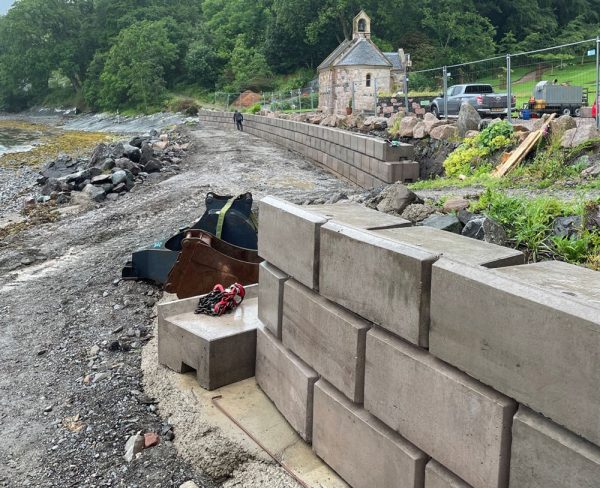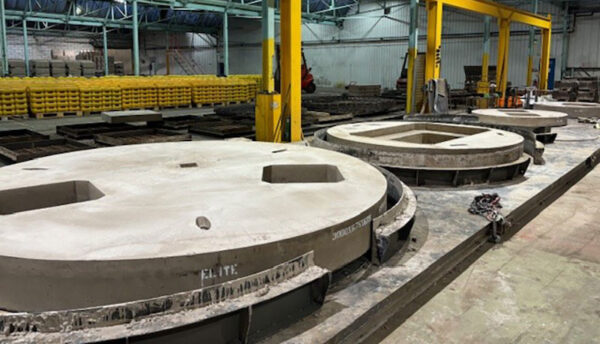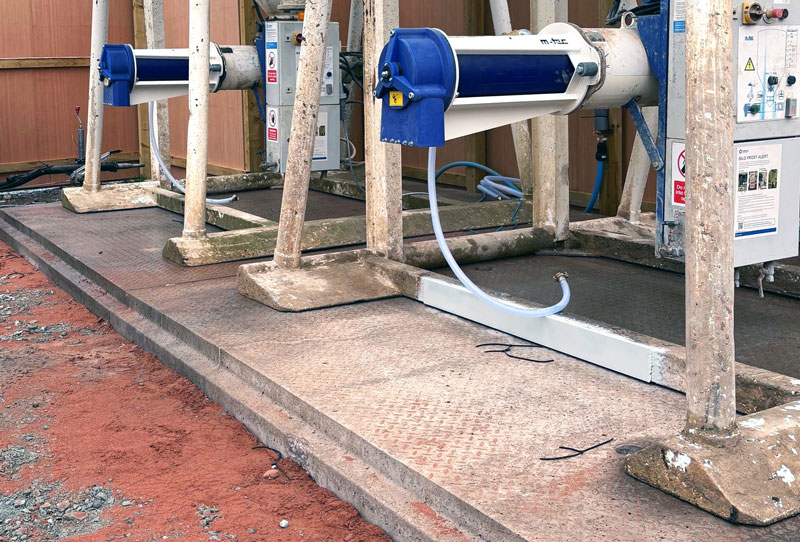Storm Darragh batters UK with 90mph winds highlights Concrete’s important role in flood defence
Storm Darragh has unleashed hurricane-force winds and torrential rain across the United Kingdom, leading the Met Office to issue a rare red weather warning. On Saturday, 7 December 2024, gusts of up to 93 mph were recorded in Wales, causing widespread disruption and power outages.
As the UK continues to face increasingly frequent and intense storms—five of the ten wettest years on record have occurred since 2000—the need for robust flood defence infrastructure has never been more critical. Concrete drainage and walling systems are emerging as a key solution to combat high winds and flooding.
Advantages of Concrete in Storm Defence
Wind Resistance and Stability
Concrete’s substantial mass enables it to withstand the high wind speeds typical of severe storms. It effectively absorbs and dissipates wind forces, providing unparalleled stability. During floods and storm surges, concrete barriers remain firmly in place, offering a steadfast defence against rising waters.
Water Management
Concrete’s dense composition makes it highly resistant to water penetration, forming an effective barrier against floodwaters. Its strength also helps deflect floating debris, shielding properties from potential damage during high-water events.
Durability and Versatility
Unlike lightweight materials that may warp or rot under harsh weather conditions, concrete endures without compromise. Its inherent strength allows for flexible designs, from heightening riverbanks to constructing robust sea walls, meeting various flood defence needs.
Additional Benefits of Concrete in Flood Defence
- Structural Integrity: Concrete’s compressive strength increases over time, ensuring long-term reliability.
- Fire Resistance: Concrete remains resistant to extreme heat in storm-related fires.
- Rapid Installation: Concrete blocks can be quickly sourced and built, ideal for emergency flood defences.
- Robustness: Capable of withstanding high floodwater pressures, creating durable structures.
- Versatility: Suitable for applications including riverbank reinforcement and coastal erosion control.
- Low Maintenance: Minimal upkeep is required, enhancing long-term practicality.
- Sustainability: Its long service life supports environmental sustainability goals.
As extreme weather events like Storm Darragh become more frequent, the role of concrete in flood defence systems is proving invaluable. Its combination of immediate protection and long-term resilience makes it an essential component of the UK’s strategy to combat the impacts of climate change and safeguard communities from the devastating effects of flooding.
Visit the Elite Precast Concrete Ltd website for more information on Storm Darragh batters UK with 90mph winds highlights Concrete’s important role in flood defence






